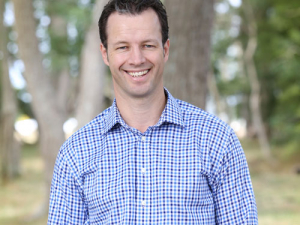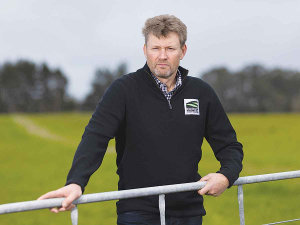The dairy sector is calling for the future Government to provide the strong direction necessary for New Zealand to move toward a low emissions future, says DairyNZ chief executive Tim Mackle.
His comments came following the release of the Our Atmosphere and Climate 2017 report.
The report confirms that global emissions of carbon dioxide topped 400 parts per million in 2016, the highest for 800,000 years.
Domestically, the report reveals that New Zealand’s gross emissions have increased by 24% since 1990. Road transport emissions are really out of control rising a whopping 78% over the same timeframe.
Agricultural emissions are also rising.
But Mackle says while the report doesn’t provide any new information, it paints the picture as to why action is required at a national and global level to address greenhouse gas emissions.
“Strong government leadership and direction is essential, to get all sectors working together through an economy-wide plan to reduce our greenhouse gas emissions.
“Dairy farmers and advisors are telling me they want to be proactive rather than reactive – but they feel they are operating in a silo.
“This isn’t a time for uncertainty. Expectations need to be clearly laid out for each sector so New Zealand can meet it’s 2030 emissions reduction target.”
New Zealand has committed under the Paris Agreement to reduce emissions to 30% below 2005 levels by 2030 – just 12 years away.
“Dairy makes up just under half of our agricultural emissions, which means our sector is responsible for a significant part of the total greenhouse gas emissions,” says Mackle. “We know we have a role to play, alongside the rest of New Zealand’s economy.
“2030 is fast approaching and as a sector we are gearing up to ensure we can do our part to address emissions.
“Our farmers are already feeling the effects of climate change - we are facing warmer weather and less rain. But as an industry we are very good at adapting our farming systems, and our farming practices have evolved significantly over the last decade. “


















